La Repubblica – Natural fibers and other solutions for the plastic-free wardrobe
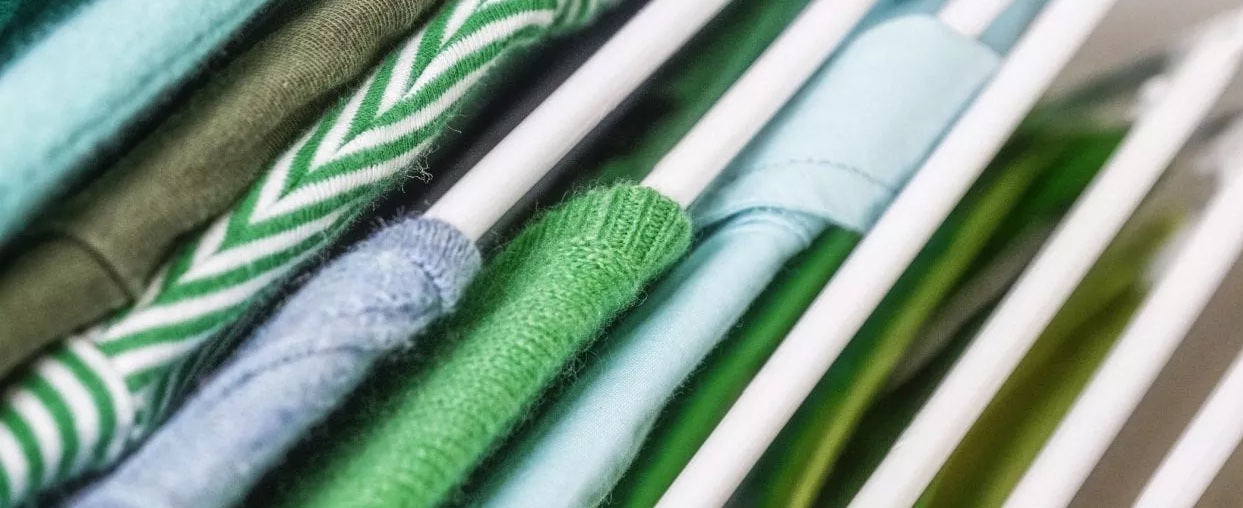
The growth of the fashion industry has been ever increasing in recent years with sales and production doubling along with fashion seasons rising from two to about a hundred micro-seasons.
However this growth comes with a cost at a human and environmental level; textile workers living in underdeveloped areas facing unfair working conditions and the clothing having a high environmental price. Most of these fabrics are produced with synthetic materials which release millions of tons of microfibres into the oceans every year and ending up in landfills.
With the advancement of technology, many industries are researching into replacing synthetic materials with sustainable, renewable and biodegradable materials to help fashion reduce its impact.
UNDP – Interwoven ecosystems: Working with local communities in Indonesia’s Kalimantan forests to protect biodiversity and generate sustainable livelihoods
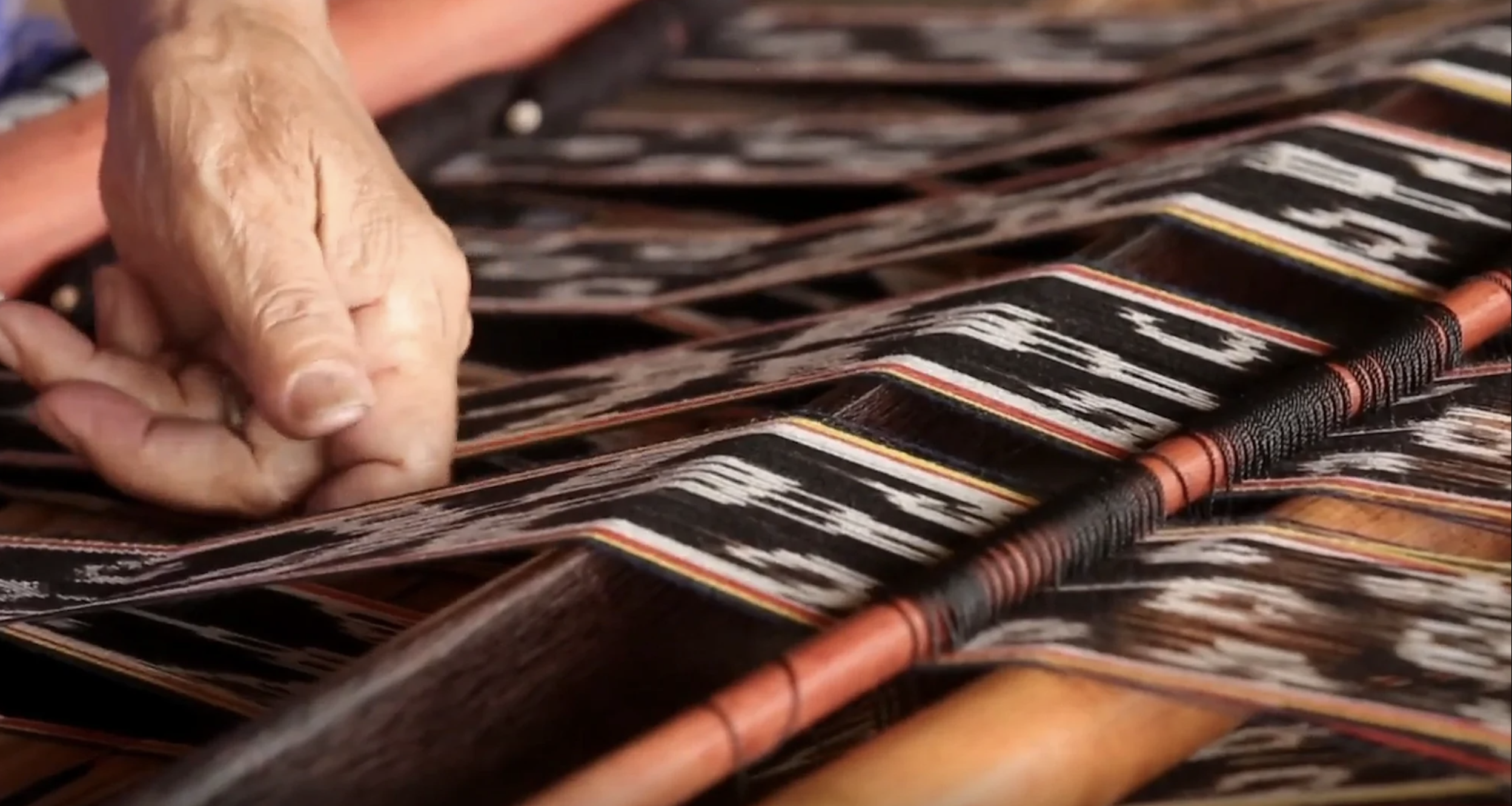
Indonesia (UNDP News) – The KalFor project, supported by UNDP Indonesia, is bolstering their Government’s program to preserve the remaining forests in Kalimantan, Indonesia’s territory on the island of Borneo.
Weavers from the Ensaid Panjang village started a programme of forest rehabilitation and enrichment by planting and cultivating natural dye-producing plants, recognising that naturally dyed textiles are high in value and demand in international markets.
Valuing natural dyes and locally-produced textiles is not only a way of cultural preservation but also bolsters the value of the forests they come from, also giving animals, insects, fungi and other plants a chance to thrive.
ILO – ILO adopts code of practice on safety and health in textiles, clothing, leather and footwear industries
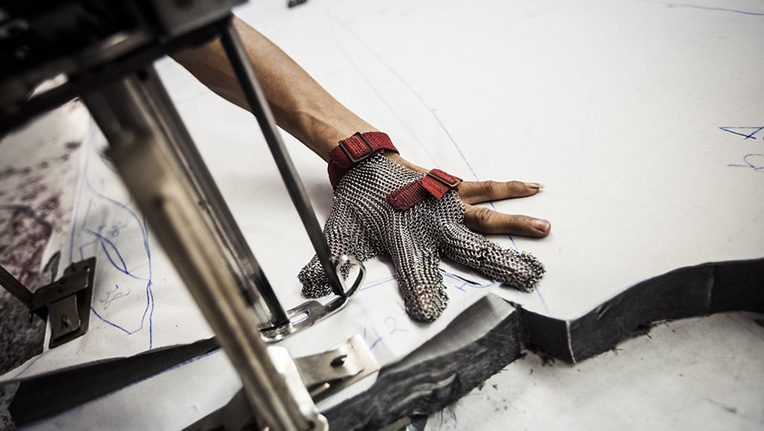
GENEVA (ILO News) – Experts from governments and employers’ and workers’ organizations have adopted a code of practice on safety and health in textiles, clothing, leather and footwear – the first for these industries.
Based on international labour standards and other sectoral guidelines, the code provides comprehensive and practical advice on how to eliminate, reduce and control all major hazards and risks. This includes chemical substances, ergonomic and physical hazards, tools, machines and equipment, as well as building and fire safety.
More than 60 million workers around the globe will benefit from the new code, which will be of particular importance to developing countries and emerging economies.
UNECE – UNECE launches the Forests4Fashion Sports Challenge
UNECE is making a call to the World of Sports, including sports events’ organizers, committees, athletes, sportswear brands, producers and consumers to help advance circularity and sustainability in sports clothing.
Connect4Climate – A Much-Needed “Hard Talk” on Sustainable Fashion

On July 7, 2021, against the backdrop of the UN’s High-level Political Forum on Sustainable Development (HLPF), the UN Alliance for Sustainable Fashion held a virtual discussion session tackling the fashion sector’s contributions to climate change while laying out approaches the industry can take to turn things around and become a driver of impactful global climate action.
The UN Alliance for Sustainable Fashion, launched in 2019 and composed of ten member organizations (Connect4Climate/World Bank among them), aims to harness the reach and creativity of fashion to help achieve the UN’s Sustainable Development Goals, finding avenues for meaningful action on both the labor side and the consumer side of the industry.
Earth Negotiations Bulletin – Sustainable Fashion Hard Talk at UN HLPF
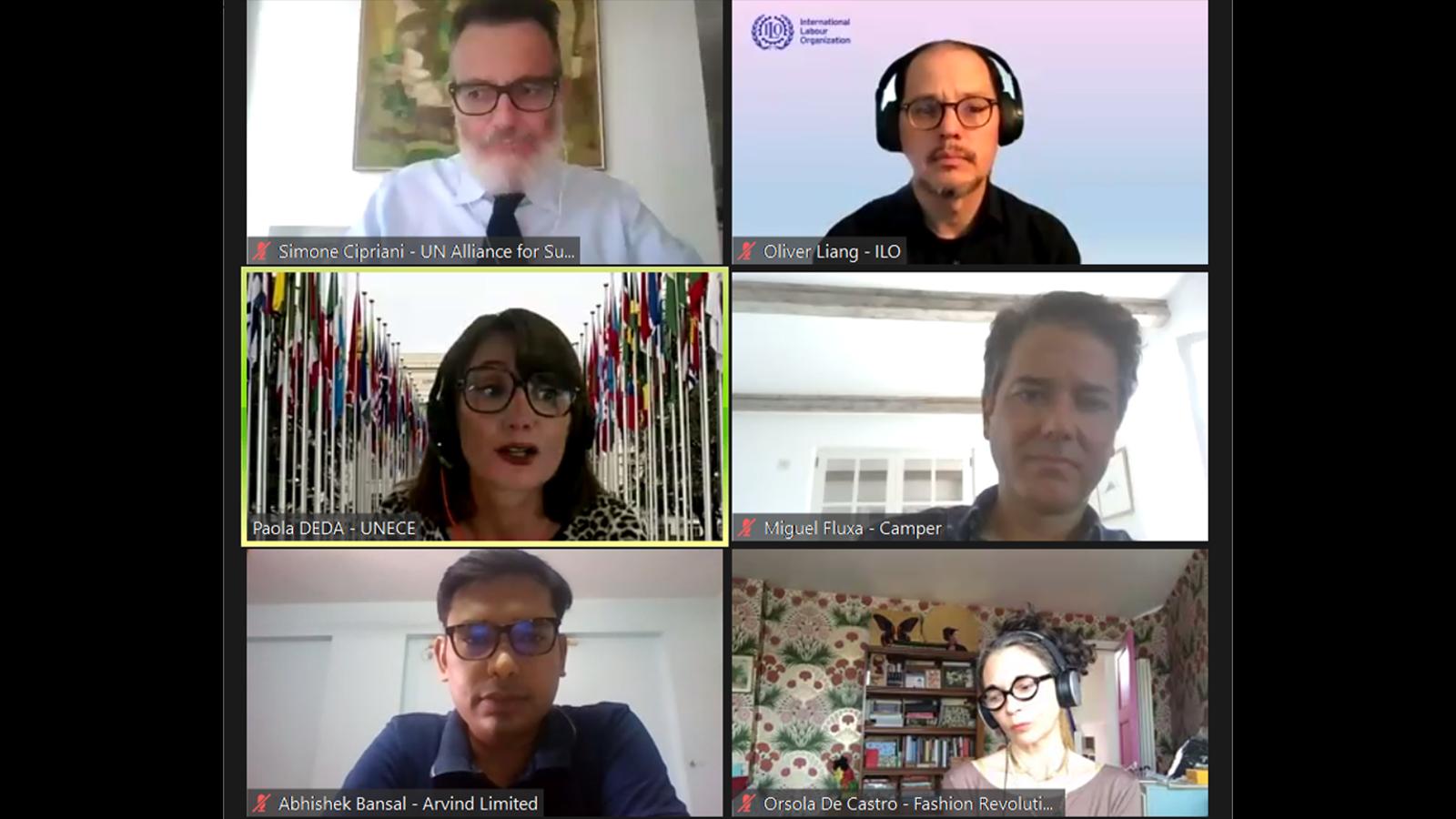
This event aimed to engender discussion among actors associated with the fashion industry on turning fashion into a driver of sustainable development and pandemic recovery and provide guidance for member States to achieve this. The event was organized by the UN Alliance for Sustainable Fashion.
UNECE – UN Alliance supports Moldova’s efforts to turn its fashion industry into a driver of sustainable development
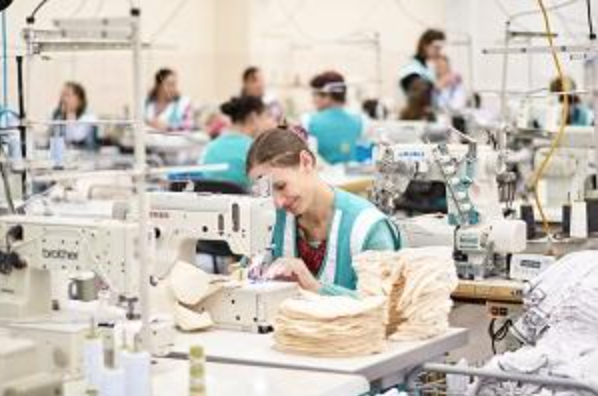
At the informal virtual policy dialogue on fashion in Moldova hosted by the United Nations Economic Commission for Europe (UNECE) on 19 May 2021, members of the UN Alliance for Sustainable Fashion and stakeholders of the Moldovan fashion industry came together to discuss the potential of this sector to contribute to the country’s implementation of the 2030 Agenda for Sustainable Development.
UNDP – What do our clothes say about us?
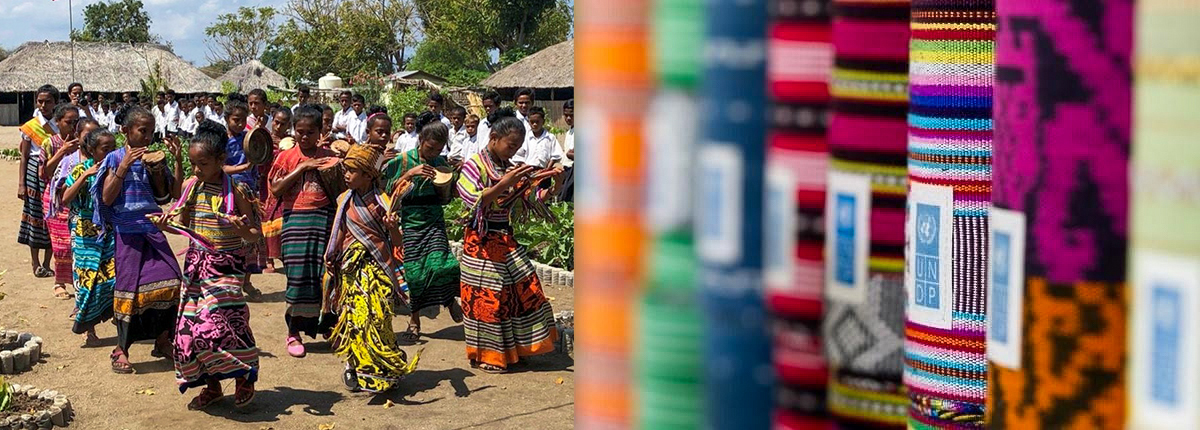
We are producing significantly more garments annually than just a few decades ago – prior to COVID-19 it was estimated at 80-100 billion pieces per year. How does production on such a scale affect cultural identity and heritage? For World Day for Cultural Diversity for Dialogue and Development, we looked at the impact of mass production on heritage and traditional crafts, particularly textiles.
UNDP – In pursuit of always better - how fashion can be part of the climate solution
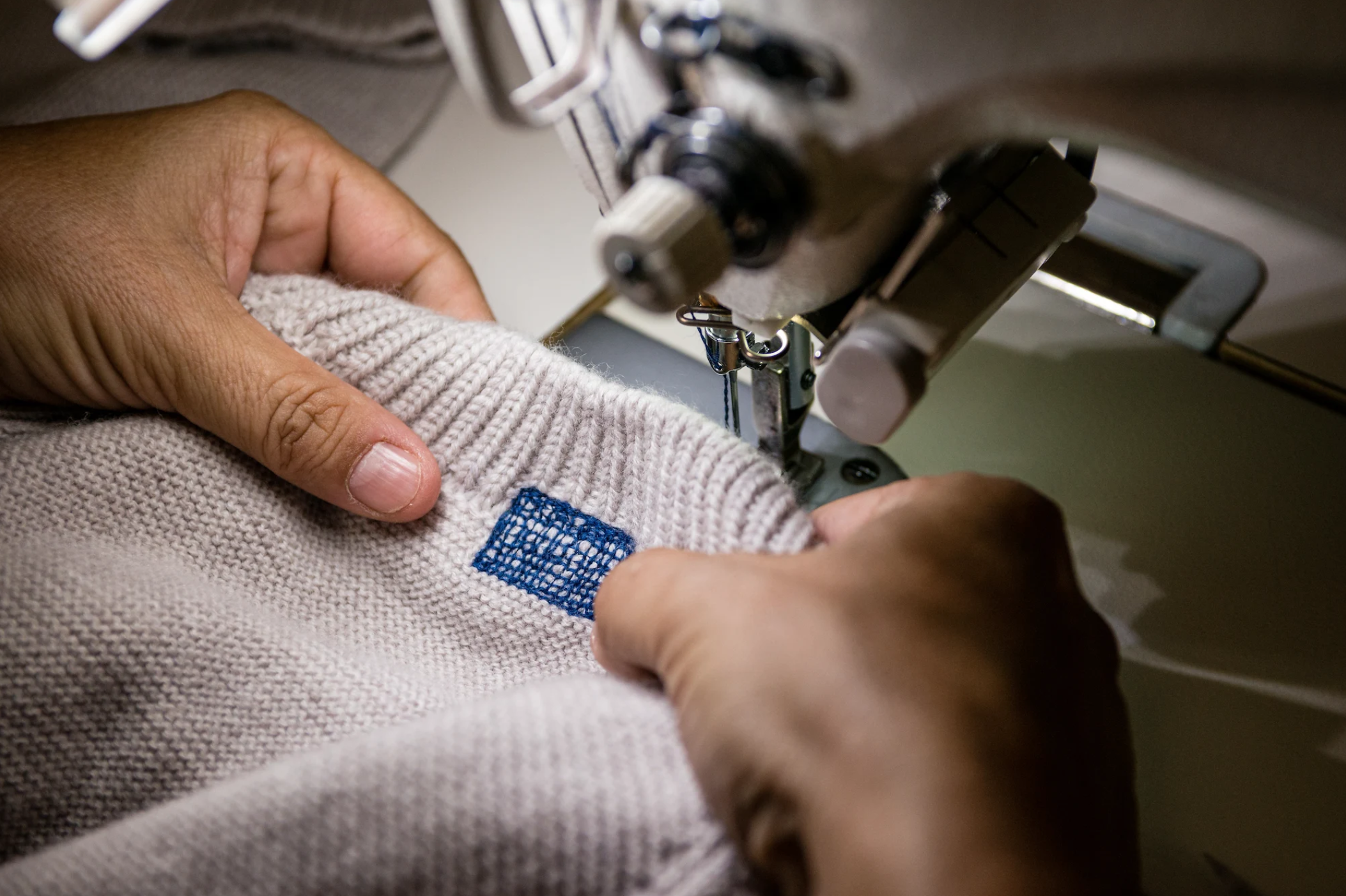
Marcos Neto, Director of UNDP’s Finance Sector Hub, sat down with the co-founders of Sheep Inc Edzard van der Wyck and Michael Wessely to talk about Sheep Inc’s journey towards ever greater sustainability.
UNDP – What about women?
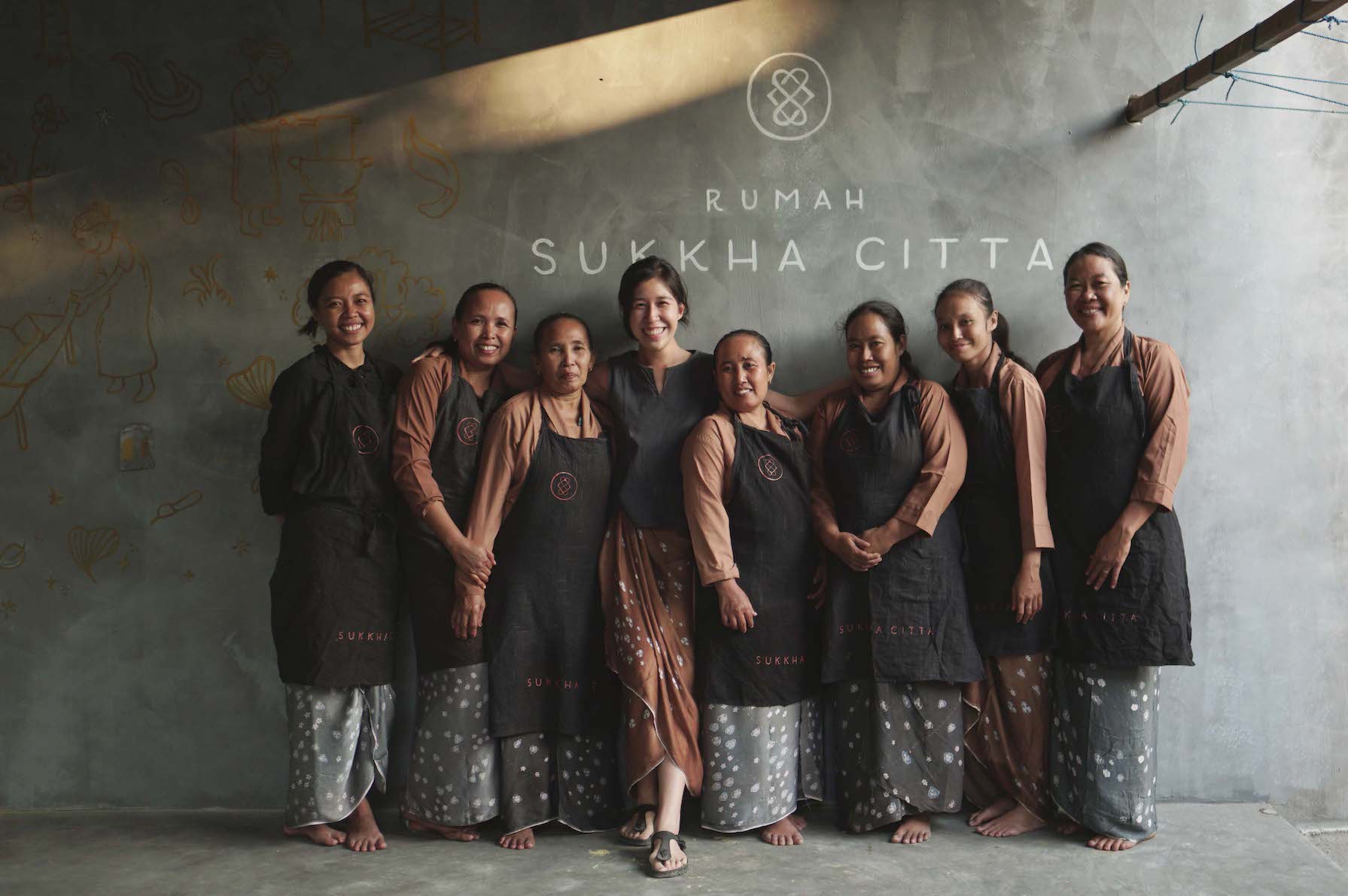
With fewer protections and less means to adapt, women are disproportionately affected by economic shocks. Perhaps nothing more greatly exposed this than COVID-19.
For those working in the fashion industry, it was garment workers that were most affected as brands canceled approximately US$40 billion in orders to stave off immediate losses. Beyond the immediate industry response, as noted by the ILO, lower consumer demand, government lockdown measures and blockages in the import of raw materials contributed to a significant decrease in exports from garment-producing countries. Thousands of factories have closed either temporarily or indefinitely.
